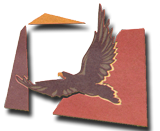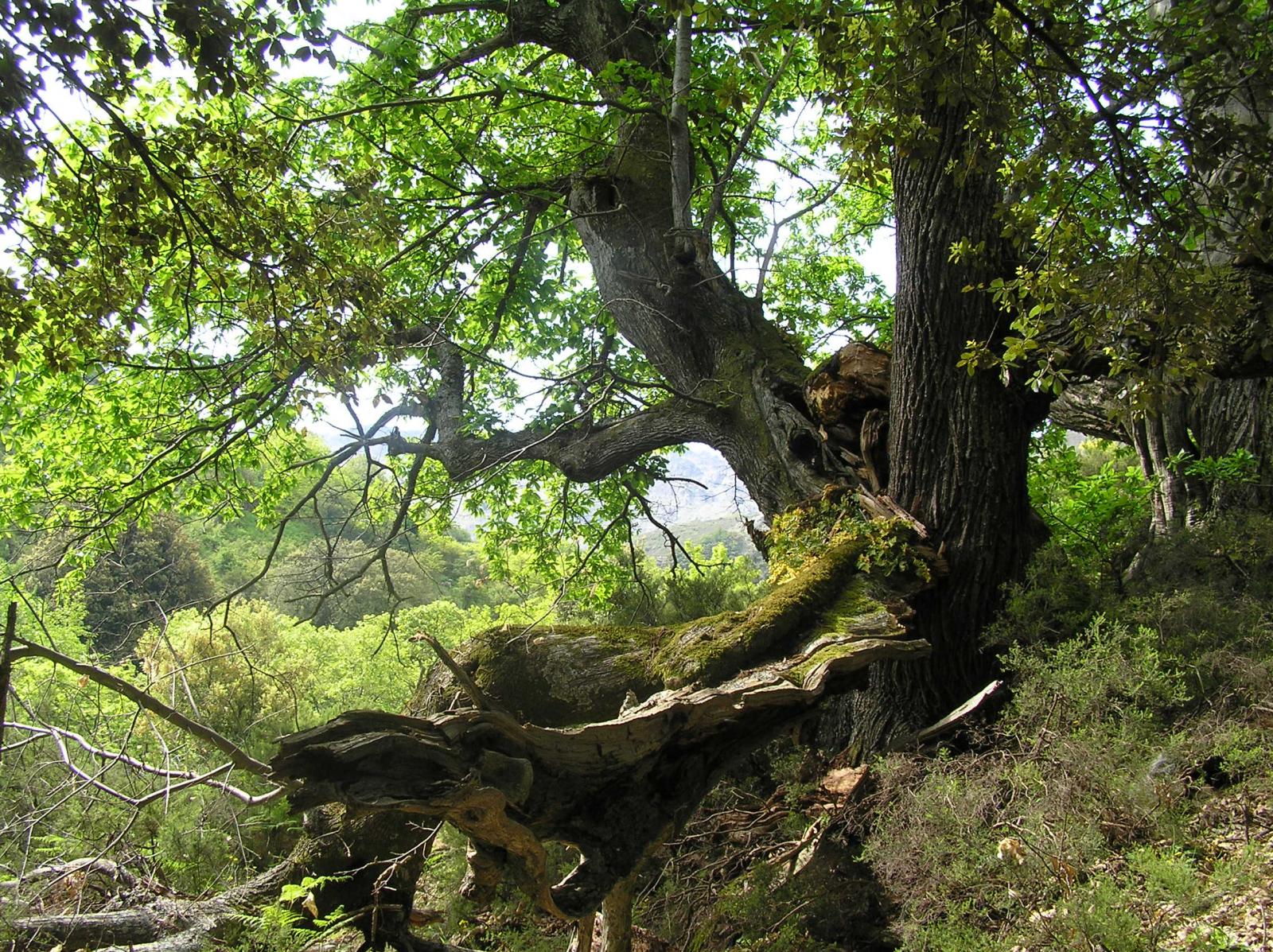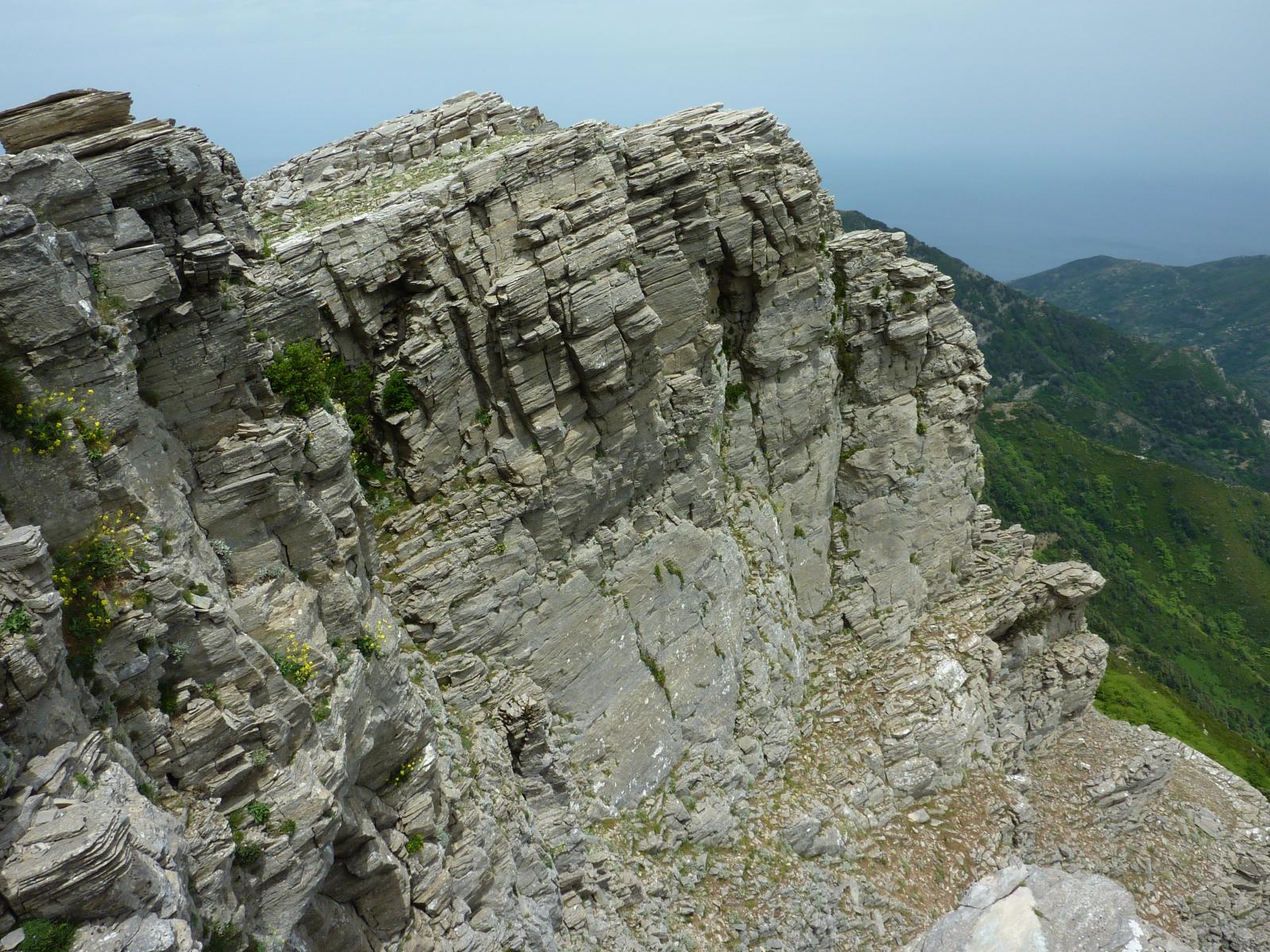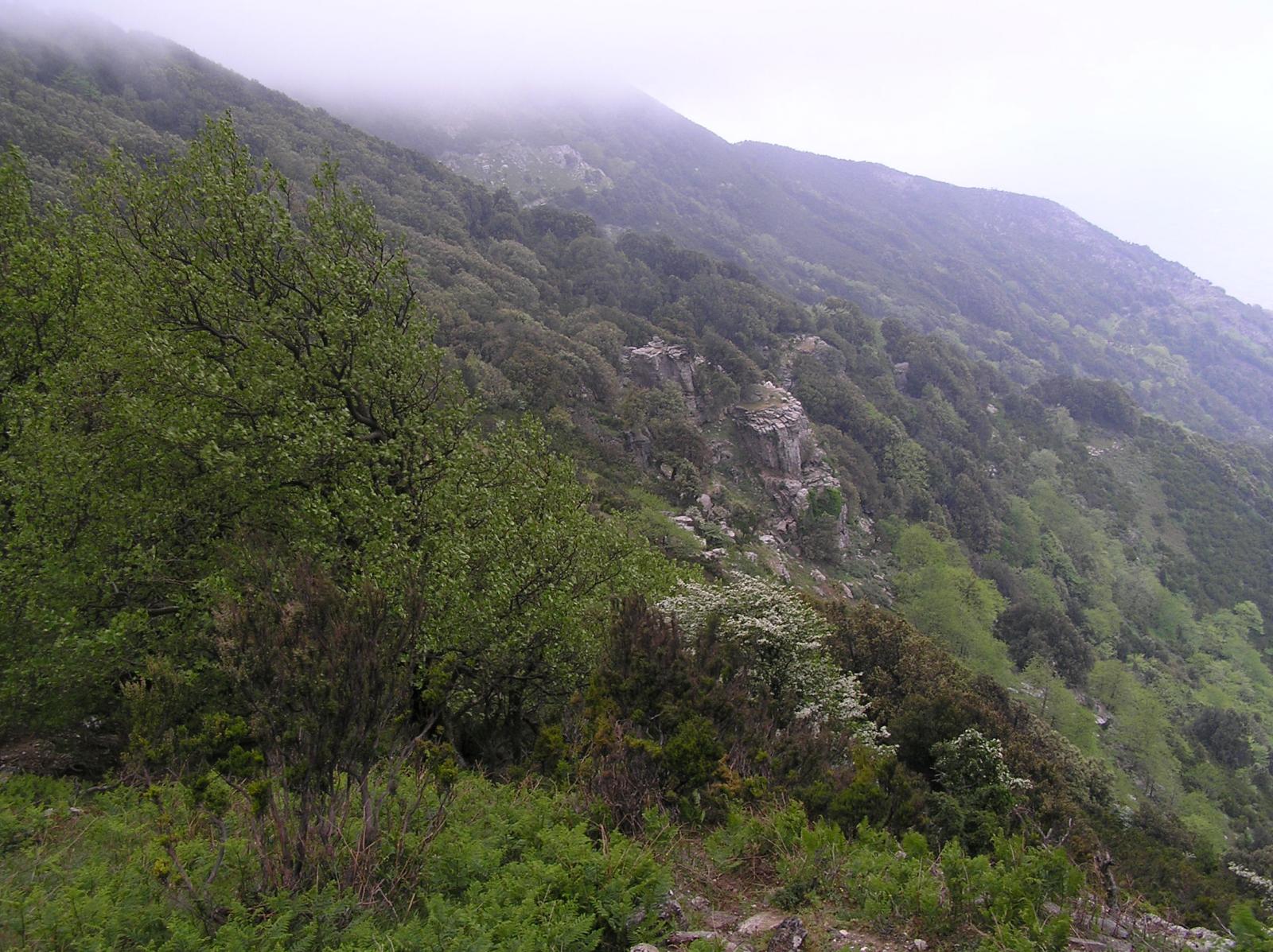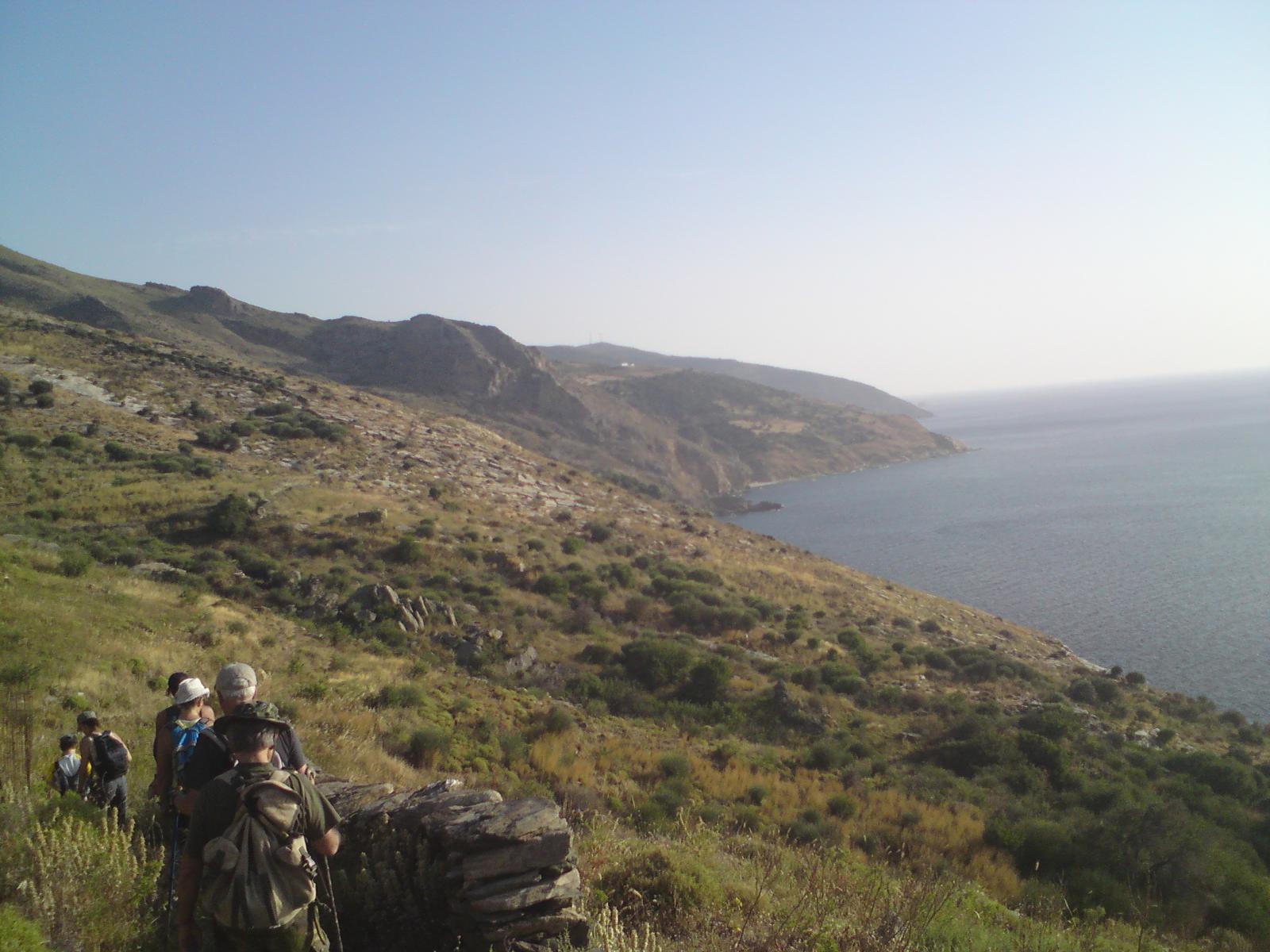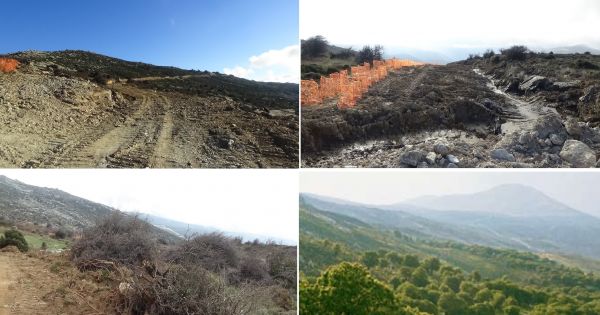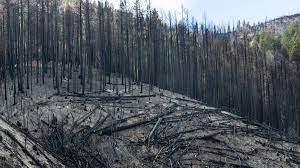Fauna
Fauna habitats
Habitats are the particular micro-environments that support the life of at least one species of animal or insect. For example, a rotten trunk is the habitat of wood-eating insects, a small seasonal stream becomes a breeding ground for tadpoles and other aquatic insects, etc. The most important habitats of Ochi are rock formations, clusters of deciduous trees, shrubby evergreen shrubs and small wetlands.
The largest wetland systems in the area were located in the plain of Karystos. The large lake was excavated for clay mining in the 1970s and developed into a permanent lake that housed a large number of migratory birds. At least 50 species of birds (aquatic and coastal) were observed by the mid-1990s. The great lake today has been completely destroyed by excessive dumping of rubbish and debris. A second lake in Psathi, however, is maintained in good condition to this day.
Permanent or seasonal streams, small streams and seasonal swamps also belong to the wetland systems of the Ochi area. These habitats are home to many species of insects and also attract amphibians, reptiles and birds.
The rock formations of Ochi are extremely rich and include rock outcrops, cliffs, steep shores, gorges, ravines and caves. In the rock formations, 27 species of birds reproduce and find shelter, of which 11 are endangered: Bonelli's eagle (Spizaetos), Rock partridge (Petroperdika), Common rock thrush (Petrokotsyfas), Common swift (Petrohelidona) etc. The caves offer refuge to a number of bats that have not yet been studied.
Clusters of deciduous trees (eg oaks, chestnuts) and hardwood evergreens (heather, holly, aria, arbutus) offer habitat to hundreds of species of insects and invertebrates that in turn become food for birds. On inaccessible slopes, the "roumania", dense vegetation clusters, offer nesting and feeding grounds for important species of birds of prey and woodland species.
A large part of the Ochi area includes open treeless landscapes with low shrubs and rocks created by grazing. Despite the barren feeling that the traditional pastoral landscape gives, it is an important habitat for reptiles and the feeding of many birds of prey. In the open bushes we find 24 species of reptiles including 10 species of snakes, 10 species of lizards and 2 species of turtle. Predators such as the eagle owl, the vulture, the peregrine falcon and the golden eagle hunt in open non-forest ecosystems.
The mammals of Ochi
Some common mammal species are abundant such as ferret, fox, weasel, hedgehog and many species of rodents. An interesting species of rodent is the woodpecker (Glis glis) which lives in small forests of the area such as Kastanologos (chestnut forest) and occurs only at night. The hare was abundant a few decades ago, but its population has declined due to overhunting. The opening of roads in the mountains caused an increase in hunting and a consequent decrease in hares. The seal, a globally endangered marine mammal, survives off the coast of Cavodoro and possibly on the islands of Petalia.
Invertebrates
Insects and other invertebrates of Ochi have been little studied. 20 species of butterflies have been recorded in the area. These are common species such as the Blue Butterfly (Lycaenidae spp.) But also more rare such as Saturnia (Saturnia pavonina) which is the largest moth in Europe. In Dimosari we find an abundance of butterflies from the Valley of Rhodes, while in the Plain of Karystos butterflies from Africa have been observed.




















